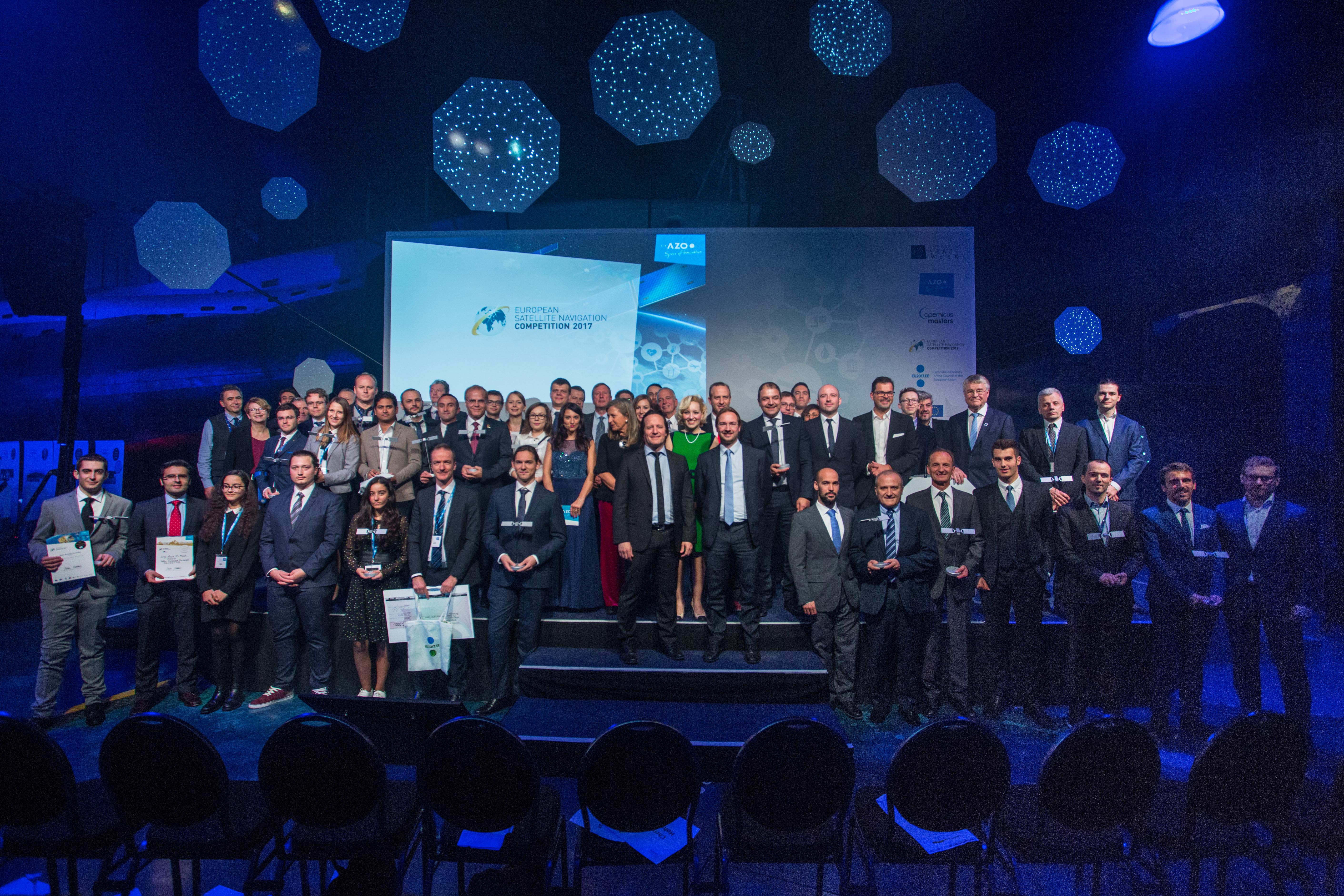The SORUS solution, developed by Alexander Rügamer from Fraunhofer IIS and Dr Jan Wendel from Airbus Defence and Space, significantly reduces the security requirements and Galileo PRS costs per user device, which means that police, Special Forces, and other authorised Galileo PRS users can exploit the application to equip their UAVs with a secure, trustworthy, solution that is resistant to jamming and spoofing.
 The system enables user receivers to calculate Galileo PRS positions at predefined points in time and circumvents all the drawbacks of conventional PRS receivers and server-based techniques. For example, the solution does away with the need for a PRS security module on the user receiver, in addition to resolving problems related to size, weight and power. The application stores short sequences of Galileo PRS pseudo-random noise (PRN) code chips on user receivers prior to missions, which are only valid for the duration and area of a given mission.
The system enables user receivers to calculate Galileo PRS positions at predefined points in time and circumvents all the drawbacks of conventional PRS receivers and server-based techniques. For example, the solution does away with the need for a PRS security module on the user receiver, in addition to resolving problems related to size, weight and power. The application stores short sequences of Galileo PRS pseudo-random noise (PRN) code chips on user receivers prior to missions, which are only valid for the duration and area of a given mission.
An effective scouting and support mechanism
The ESNCC is an effective scouting and support mechanism for new European GNSS applications
25 more business cases and challenge winners were also recognised at the awards ceremony by high-ranking industry and institutional representatives, including the European GNSS Agency (GSA), the European Space Agency (ESA), the German Aerospace Centre (DLR), the German Federal Ministry of Transport and Digital Infrastructure (BMVI) and the European Committee of the Regions (CoR). In addition, 20 partner regions from across the globe awarded the best competition entries.
GSA Executive Director Carlo des Dorides commented that the ESNC had once again proven to be an effective scouting and support mechanism for new European GNSS applications. “The GSA is proud to be a long-time partner in this useful initiative. The new applications inspired by this competition constantly advance the growth and use of GNSS technology,” he said.
Special Prizes
The SORUS project also received a Special Prize awarded by the German Federal Ministry of Transport and Digital Infrastructure (BMVI) and the Bavaria Challenge. This year’s GSA ‘EU at 60 – Space for Europe’ Special Prize went to CENTRIP (ChildrEN TRIp Protector), a project developed by Ewa Kodziolka of Poland to help teachers keep track of students during field trips and outings. For more on this innovative project, click here.
E-GNSS Accelerator
The ESNC is now additionally equipped with a new E-GNSS Accelerator. This programme is a unique opportunity for entrepreneurs and start-ups to accelerate their business case on a broad scale and bring their products and services to market. The E-GNSS Accelerator will run for three years and will directly support the winners of the ESNC 2017, 2018 and 2019. This programme offers the top three pitching start-ups access to dedicated incubation programmes at their preferred incubation centre of the ESNC network all across Europe worth EUR 180,000.
About ESNC
The ESNC annually awards the best services, products, and business ideas using satellite navigation in everyday life, spurring the development of respective market-driven applications. For 14 years, the international innovation competition has served as an accelerator for space‐related entrepreneurs and start-ups. Since 2004, over 11,500 developers have competed for an overall prize pool worth EUR 13 million, with more than 300 winners having been selected by 200 international judges. For more information on the ESNC, including all relevant information on prizes, partners, and terms of participation, visit the Competition’s official website: www.esnc.eu.
Media note: This feature can be republished without charge provided the European GNSS Agency (GSA) is acknowledged as the source at the top or the bottom of the story. You must request permission before you use any of the photographs on the site. If you republish, we would be grateful if you could link back to the GSA website (http://www.gsa.europa.eu).